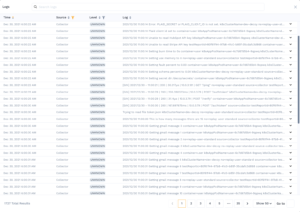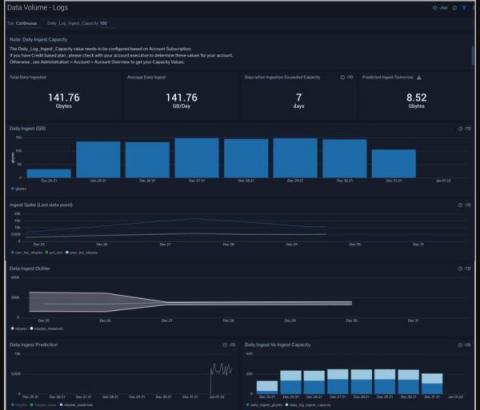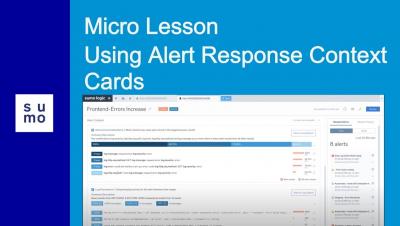3 Ways LogStream Can Improve Your Data Agility
Four months into this new gig at Cribl, I wish I could bottle up that “lightbulb” moment I get when walking people through how Cribl LogStream can help them gain better control of their observability data. So I hope the scenario walkthroughs below will capture some of that magic and shed some light on how LogStream can improve your organization’s data agility – helping you do more with your data, quickly, and with less engineering resources.









